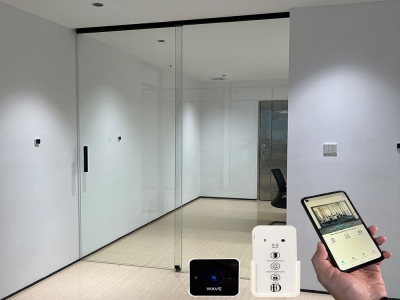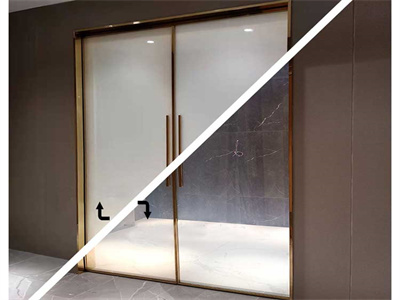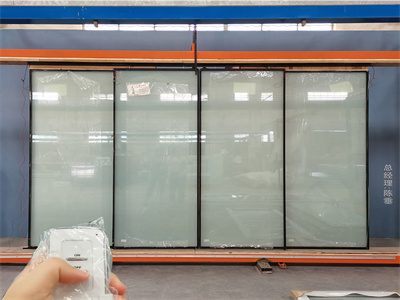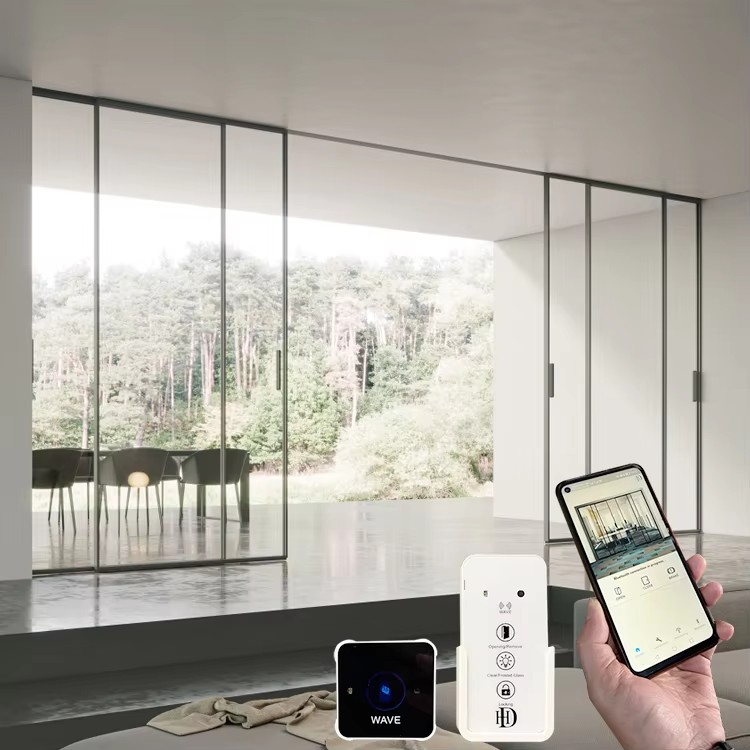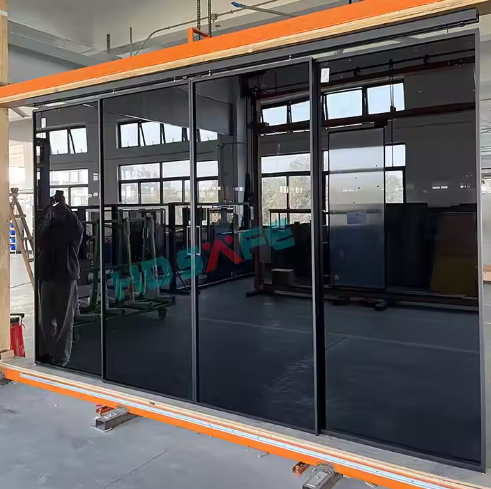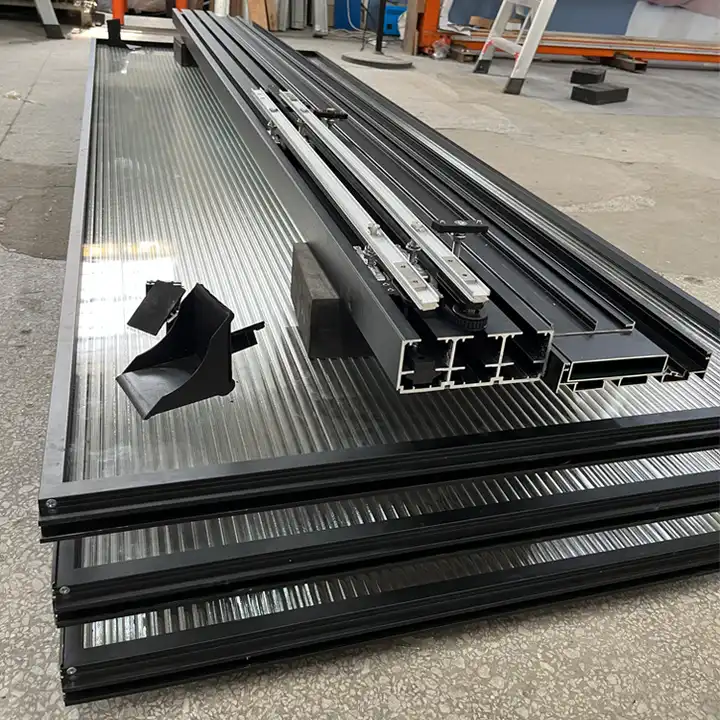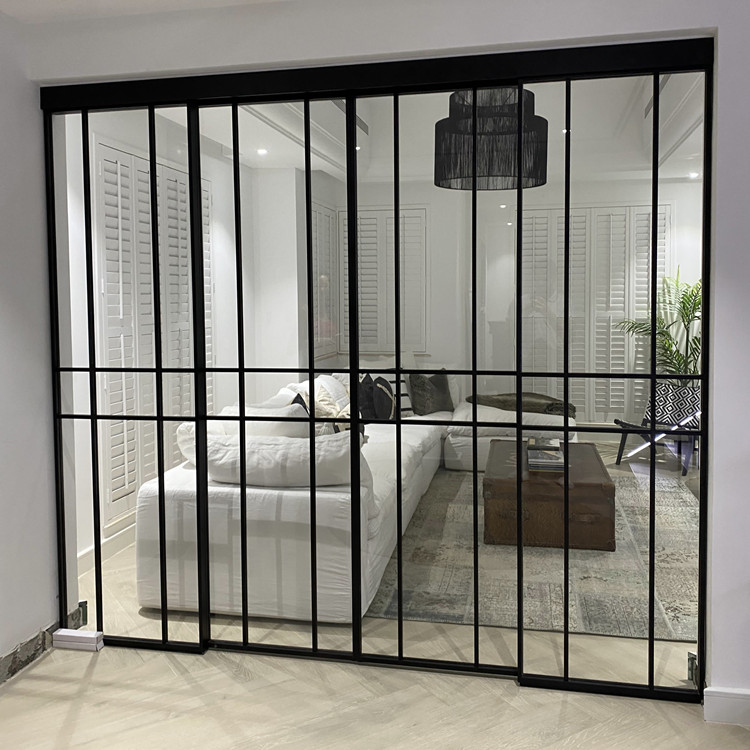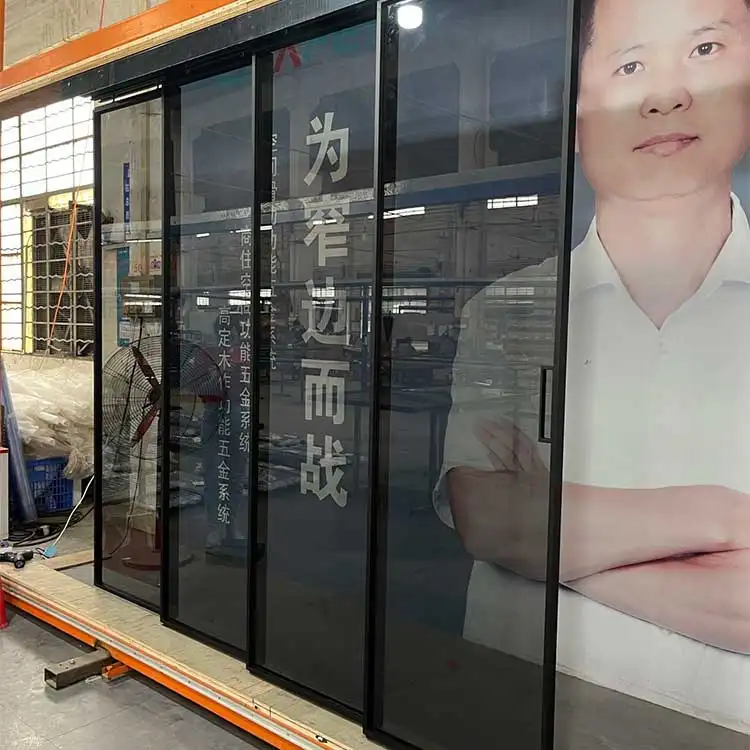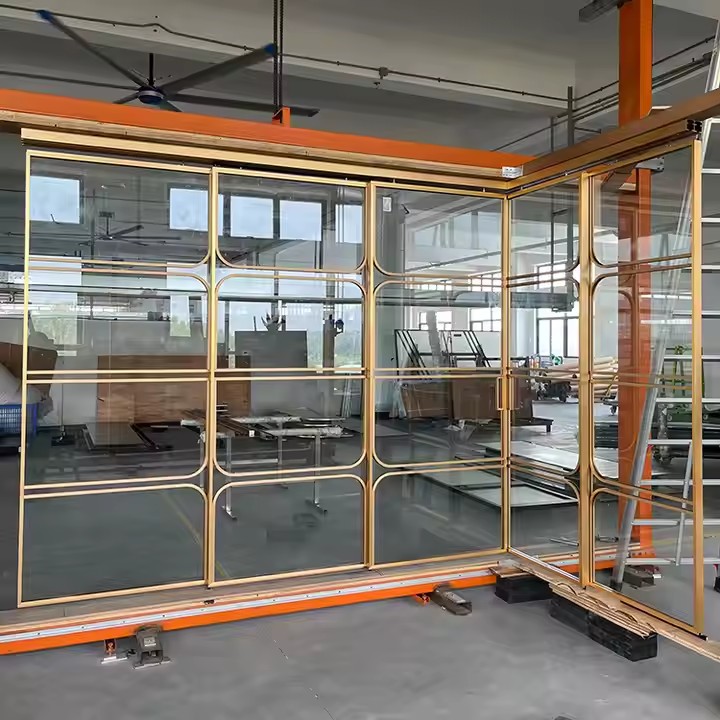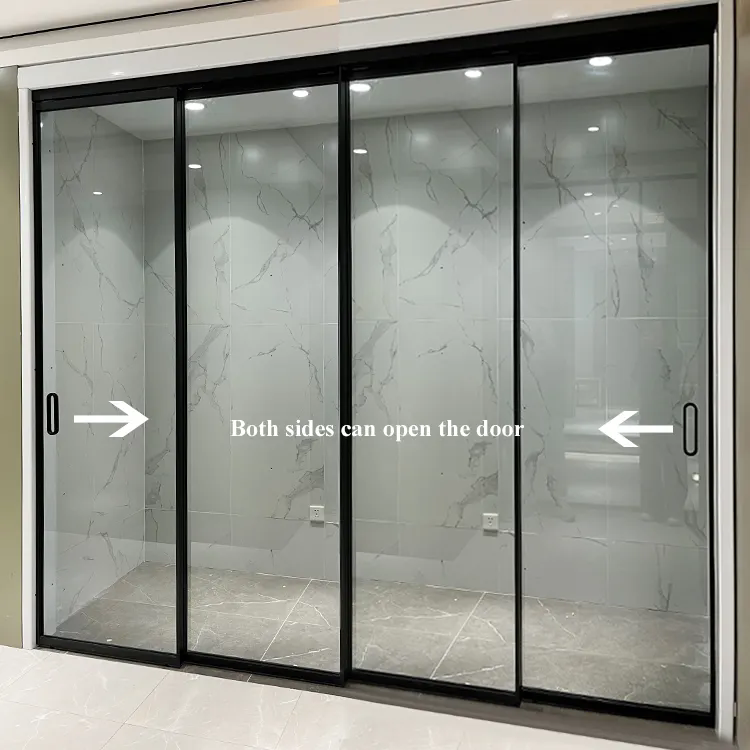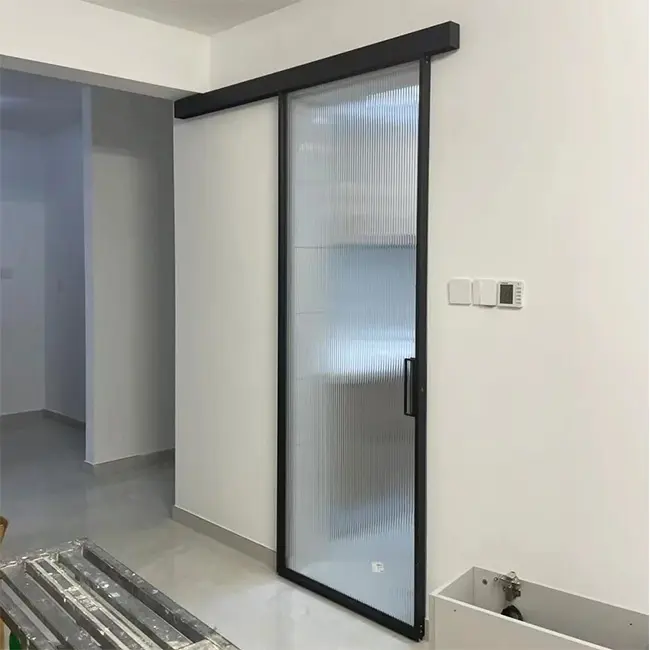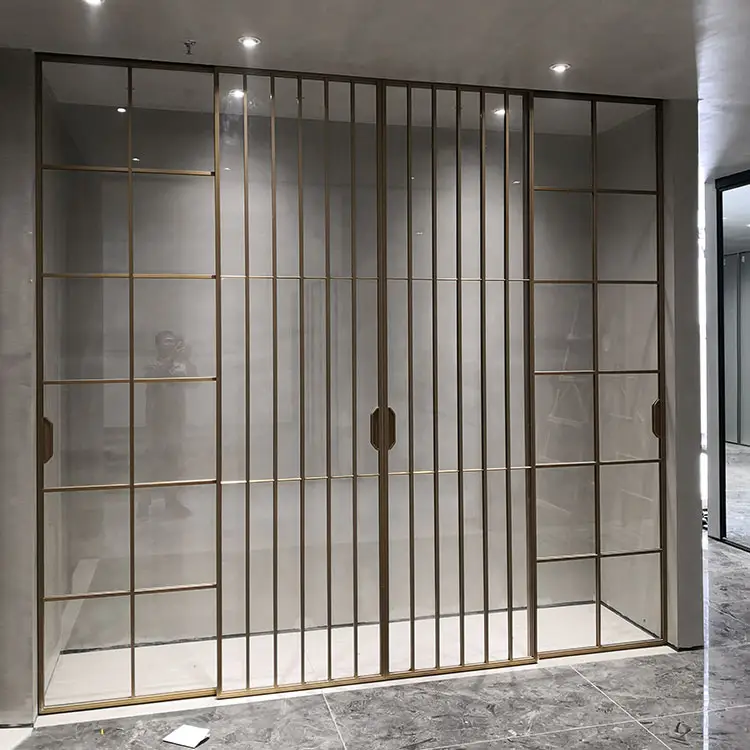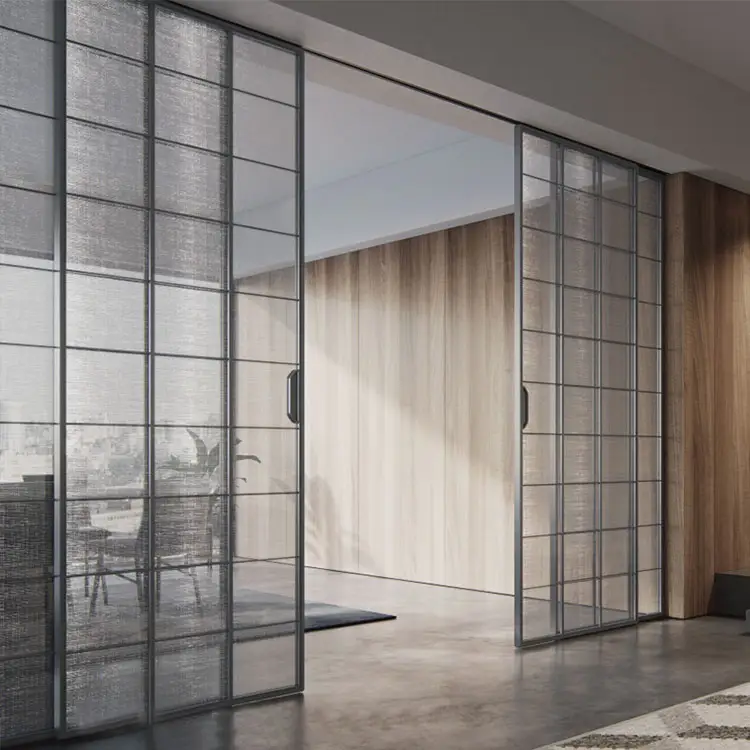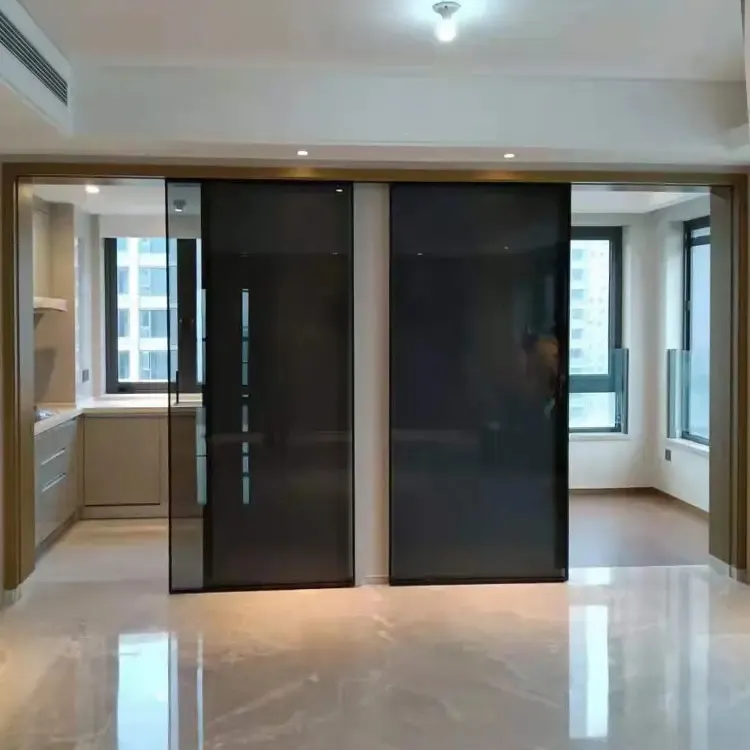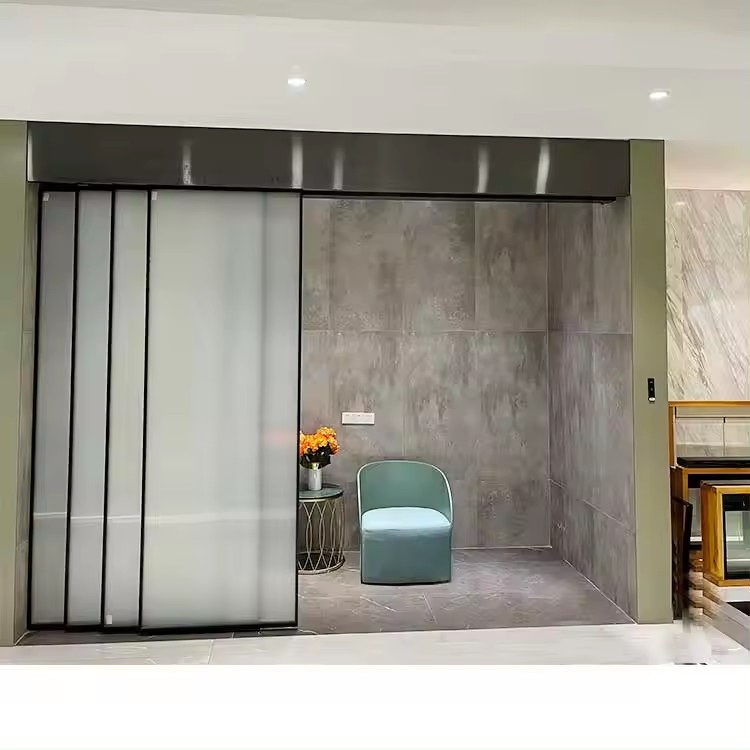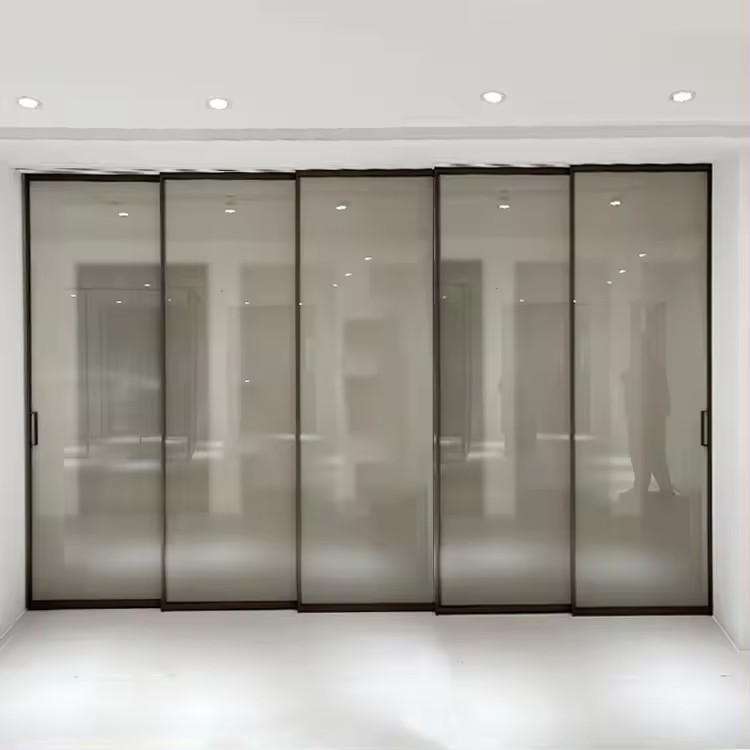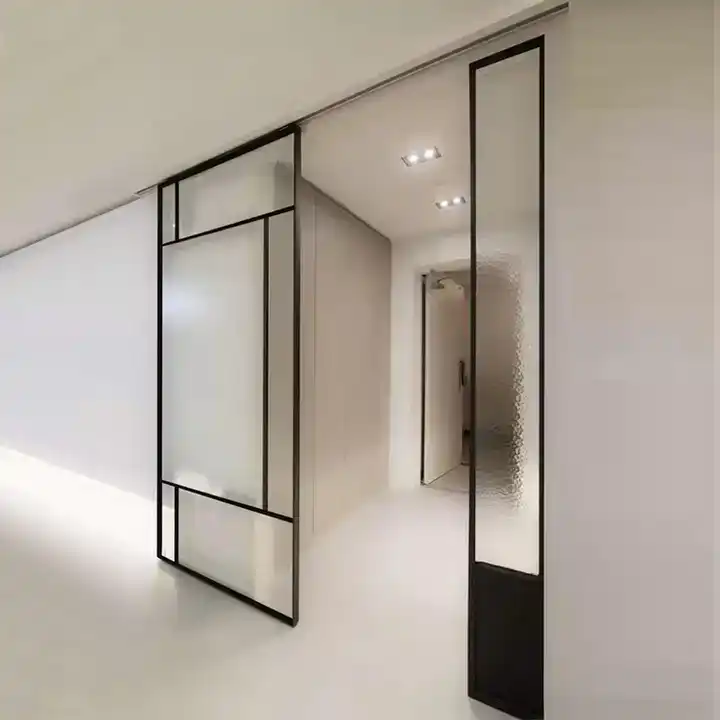The Evolution and Advantages of Glass Sliding Doors
Glass sliding doors have become a ubiquitous feature in modern architecture, offering a seamless blend of functionality, aesthetics, and space efficiency. These doors, which consist of large glass panels that slide open horizontally, have evolved significantly over the years, adapting to the changing needs of homeowners, designers, and architects. From their humble beginnings as simple room dividers to their current status as sophisticated design elements, glass sliding doors have proven to be a versatile and enduring solution for both residential and commercial spaces.
Historical Context
The concept of sliding doors dates back centuries, with early examples found in traditional Japanese architecture. Shoji screens, made of translucent paper and wood, were used to partition spaces while allowing light to filter through. These screens were not only functional but also deeply rooted in the cultural emphasis on harmony and simplicity. Over time, the idea of sliding doors spread to other parts of the world, evolving with advancements in materials and technology.
The introduction of glass as a material for sliding doors marked a significant turning point. Glass offered transparency, durability, and the ability to connect indoor and outdoor spaces seamlessly. By the mid-20th century, glass sliding doors had become a staple in modern architecture, particularly in mid-century modern homes, where they were used to create a sense of openness and to blur the boundaries between the interior and exterior.
Design and Functionality
One of the most compelling features of glass sliding doors is their ability to maximize natural light. Unlike traditional hinged doors, which can block light and create shadows, glass sliding doors allow sunlight to flood into a space, creating a bright and inviting atmosphere. This is particularly beneficial in smaller rooms or areas with limited windows, where the introduction of natural light can make the space feel larger and more open.
In addition to their aesthetic appeal, glass sliding doors are highly functional. They are an excellent choice for areas where space is at a premium, as they do not require the swing clearance that traditional doors do. This makes them ideal for compact apartments, urban lofts, and even larger homes where efficient use of space is a priority. Sliding doors can be used to divide rooms, create private areas, or serve as elegant entryways to patios, balconies, and gardens.
Types of Glass Sliding Doors
There are several types of glass sliding doors available, each suited to different needs and preferences. The most common types include:
1.Patio Sliding Doors: These are typically used to connect indoor living spaces with outdoor areas such as patios, decks, or gardens. They are designed to provide unobstructed views and easy access to the outdoors, making them a popular choice for homeowners who enjoy entertaining or spending time outside.
2. Room Dividers: Glass sliding doors can be used to partition large rooms into smaller, more functional spaces. For example, they can separate a living room from a dining area or create a private home office within a larger room. The transparency of the glass allows light to flow through, maintaining an open feel while providing separation.
3. Closet Doors: Sliding glass doors are also commonly used for closets, particularly in bedrooms. They offer a sleek, modern alternative to traditional hinged closet doors and can make a room feel more spacious. Frosted or tinted glass options provide privacy while still allowing light to pass through.
4. Shower Enclosures: In bathrooms, glass sliding doors are often used for shower enclosures. They create a clean, minimalist look and help to keep water contained within the shower area. Frameless glass doors are particularly popular for their contemporary aesthetic.
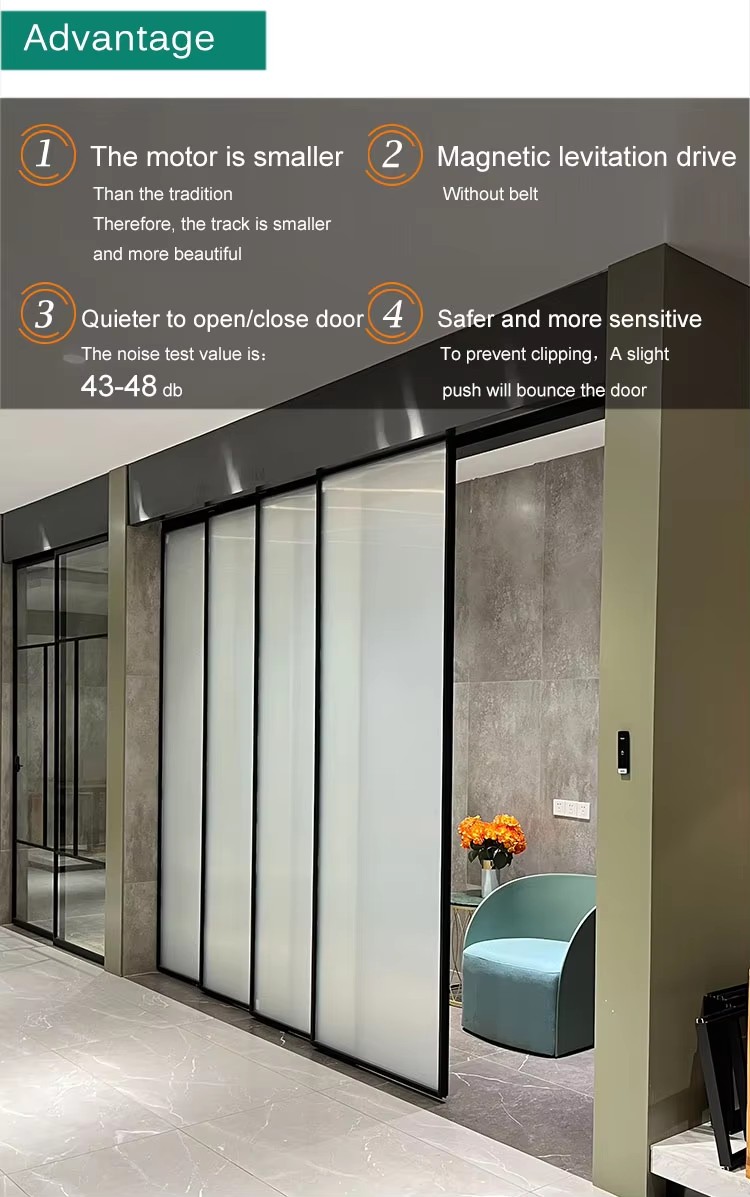
Materials and Technology
The materials used in glass sliding doors have evolved significantly over the years, contributing to their durability, energy efficiency, and overall performance. Modern glass sliding doors are typically made from tempered or laminated glass, which is stronger and safer than standard glass. Tempered glass is heat-treated to increase its strength, making it less likely to break, while laminated glass consists of multiple layers bonded together, providing added security and sound insulation.
In addition to the glass itself, the frames and tracks of sliding doors have also seen advancements. Aluminum and vinyl are commonly used for frames due to their durability, low maintenance, and resistance to corrosion. Aluminum frames are particularly popular for their sleek, modern appearance, while vinyl frames offer excellent insulation properties, making them a good choice for energy-efficient homes.
Modern sliding doors often feature advanced hardware and technology, such as soft-close mechanisms, which prevent the doors from slamming shut, and multi-point locking systems, which enhance security. Some high-end models even include smart technology, allowing homeowners to control the doors remotely via a smartphone app.
Energy Efficiency and Sustainability
As energy efficiency and sustainability have become increasingly important considerations in architecture and design, glass sliding doors have adapted to meet these demands. Many modern sliding doors are designed with energy-efficient features, such as double or triple glazing, low-emissivity (Low-E) coatings, and insulated frames. These features help to reduce heat transfer, keeping homes cooler in the summer and warmer in the winter, which can lead to significant energy savings.
Low-E coatings, for example, are thin, virtually invisible layers of metal or metallic oxide that are applied to the glass. They reflect infrared light, keeping heat inside during the winter and outside during the summer, while still allowing visible light to pass through. This not only improves energy efficiency but also enhances comfort by reducing drafts and cold spots near the doors.
In addition to their energy-saving benefits, glass sliding doors contribute to sustainability by maximizing natural light, which can reduce the need for artificial lighting during the day. Furthermore, many manufacturers now use recycled materials in the production of sliding door frames, and some offer doors made from sustainably sourced wood or other eco-friendly materials.
Aesthetic Appeal and Customization
One of the key reasons for the enduring popularity of glass sliding doors is their aesthetic appeal. They offer a clean, minimalist look that complements a wide range of architectural styles, from contemporary and modern to traditional and rustic. The transparency of the glass creates a sense of openness and connection to the surrounding environment, whether that be a lush garden, a city skyline, or a serene landscape.
Glass sliding doors are also highly customizable, allowing homeowners and designers to tailor them to their specific needs and preferences. The glass can be clear, frosted, tinted, or patterned, depending on the desired level of privacy and light filtration. Frames are available in a variety of finishes, including brushed metal, woodgrain, and matte black, allowing for seamless integration with the overall design of a space.
For those looking to make a bold statement, oversized sliding doors or doors with unique configurations, such as corner sliders or multi-panel systems, can create a dramatic focal point in a room. Additionally, hardware options, such as handles and locks, can be customized to match the style of the doors and the surrounding decor.
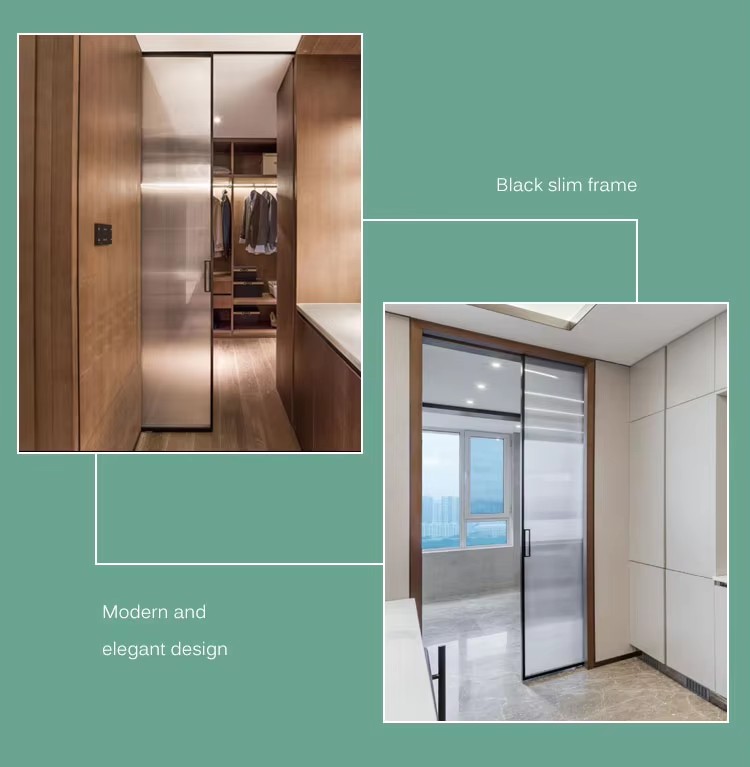
Maintenance and Durability
While glass sliding doors are relatively low-maintenance, proper care is essential to ensure their longevity and performance. Regular cleaning of the glass and tracks is important to prevent dirt and debris from accumulating, which can affect the smooth operation of the doors. A mild soap and water solution is usually sufficient for cleaning the glass, while a vacuum or soft brush can be used to remove debris from the tracks.
The durability of glass sliding doors depends on the quality of the materials and installation. High-quality doors with sturdy frames and reliable hardware are less likely to experience issues such as warping, sticking, or misalignment. It is also important to ensure that the doors are properly installed, as improper installation can lead to problems such as air leaks, water infiltration, and difficulty in opening and closing the doors.
Conclusion
Glass sliding doors have come a long way since their early origins, evolving into a sophisticated and versatile design element that offers numerous benefits. From their ability to maximize natural light and create a sense of openness to their space-saving design and energy-efficient features, glass sliding doors are a practical and stylish choice for any home or commercial space.
As technology and materials continue to advance, we can expect to see even more innovative and sustainable solutions in the world of glass sliding doors. Whether used as room dividers, patio doors, or shower enclosures, these doors have proven their enduring appeal and functionality, making them a timeless addition to modern architecture.





 Home
Home Feb 10,2025
Feb 10,2025 
 What Type of Door is Best for a Living Room?
What Type of Door is Best for a Living Room? 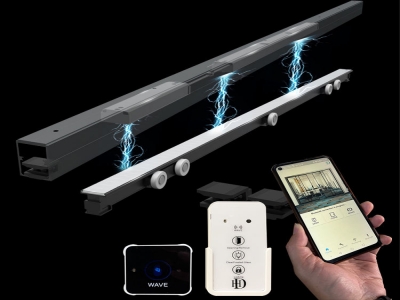
 Jan 02,2025
Jan 02,2025 
